Convention and Caprice
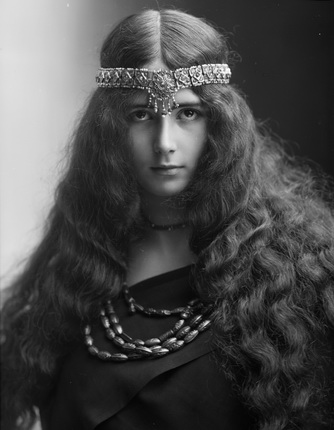
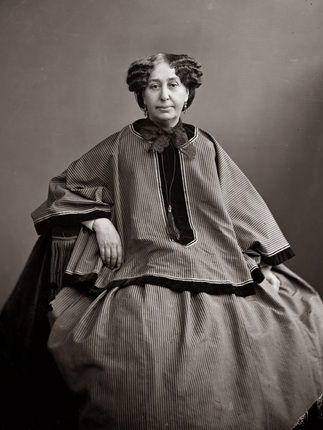
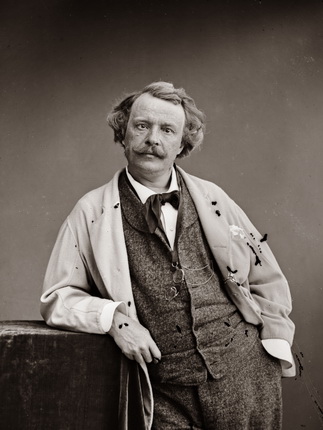
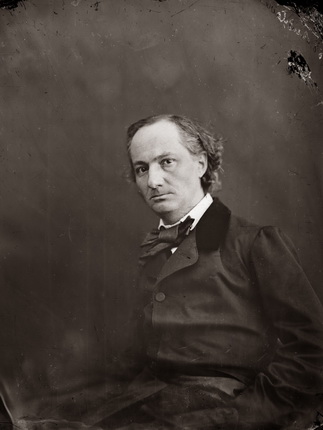
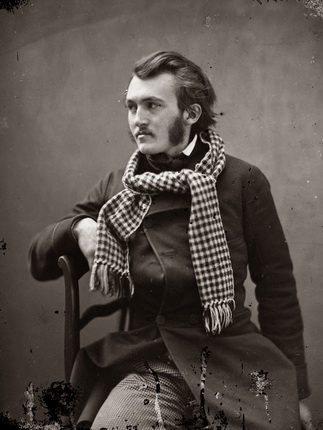
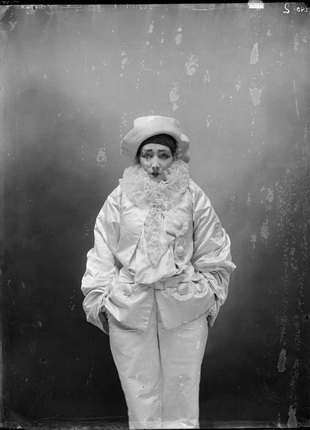
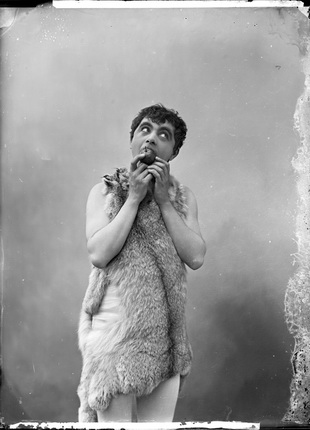
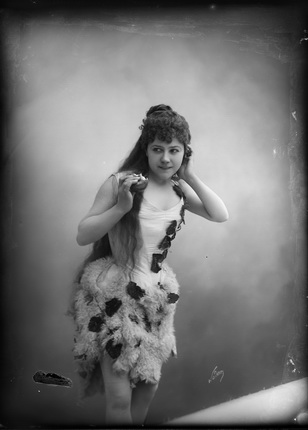
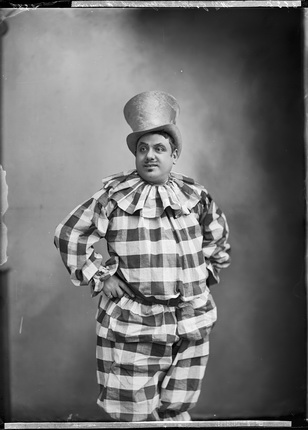
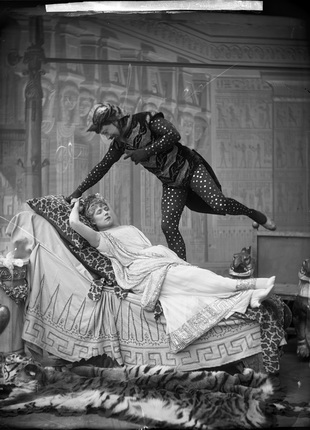
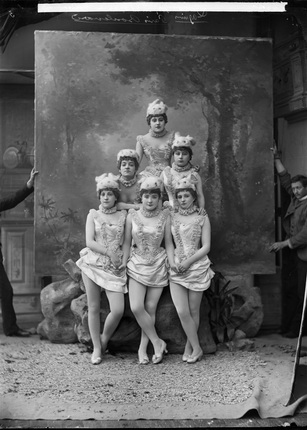
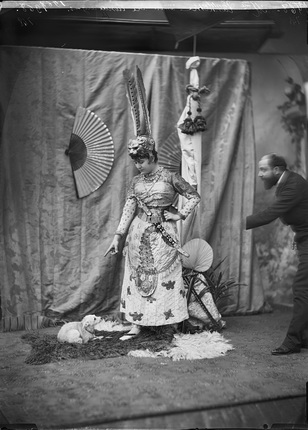
Atelier Nadar. Cléopâtre-Diane de Mérode, dite Cléo de Mérode, danseuse de l’Opéra. 1894. ©Ministère de la Culture et de la Communication - France / Médiathèque de l’Architecture et du Patrimoine / Dist Rmn
Gaspard-Félix Tournachon, dit Nadar. George Sand, vers 1865. © Ministère de la Culture et de la Communication - France / Médiathèque de l’Architecture et du Patrimoine / Dist Rmn
Gaspard-Félix Tournachon, dit Nadar. Félix Nadar, vers 1865. © Ministère de la Culture et de la Communication - France / Médiathèque de l’Architecture et du Patrimoine / Dist Rmn
Gaspard-Félix Tournachon, dit Nadar. Charles Baudelaire, vers 1860. © Ministère de la Culture et de la Communication - France / Médiathèque de l’Architecture et du Patrimoine / Dist Rmn
Gaspard-Félix Tournachon, dit Nadar. Gustave Doré, vers 1855. © Ministère de la Culture et de la Communication - France / Médiathèque de l’Architecture et du Patrimoine / Dist Rmn
Atelier Nadar. Sarah Bernhardt, Pierrot dans la pantomime «Pierrot Assassin», Palais du Trocadéro. 1883. © Ministère de la Culture et de la Communication - France / Médiathèque de l’Architecture et du Patrimoine / Dist Rmn
Atelier Nadar. Albert Brasseur dans «Adam et Eve», théâtre des Nouveautés. 1886. © Ministère de la Culture et de la Communication - France / Médiathèque de l’Architecture et du Patrimoine / Dist Rmn
Atelier Nadar. Nolette dans «Adam et Eve», théâtre des Nouveautés. 1886. © Ministère de la Culture et de la Communication - France / Médiathèque de l’Architecture et du Patrimoine / Dist Rmn
Atelier Nadar. M. Gobin, Rossignol, dans «L’oeuf Rouge», théâtre des Folies-Dramatiques. 1890. © Ministère de la Culture et de la Communication - France / Médiathèque de l’Architecture et du Patrimoine / Dist Rmn
Atelier Nadar. Vauthier et Jeanne Granier, Jupiter et Eurydice dans «Orphée aux enfers», théâtre de la Gaîté. 1887. © Ministère de la Culture et de la Communication - France / Médiathèque de l’Architecture et du Patrimoine / Dist Rmn
Atelier Nadar. Actrices de la revue « Paris Boulevard », théâtre des Nouveautés. 1888. © Ministère de la Culture et de la Communication - France / Médiathèque de l’Architecture et du Patrimoine / Dist Rmn
Atelier Nadar. Mademoiselle Lantelme dans «Le Prince du Soleil», théâtre du Châtelet, 1889. © Ministère de la Culture et de la Communication - France / Médiathèque de l’Architecture et du Patrimoine / Dist Rmn
Moscow, 13.03.2015—19.04.2015
exhibition is over
Share with friends
Curator: Michel Poivert
For the press
As part of the 9th Moscow International Biennale ‘Fashion and Style in Photography 2015’, MAMM presents the exhibition ’Félix and Paul Nadar: Convention and Caprice’, featuring the work of famous French photographer, caricaturist, writer and balloonist Gaspard Félix Tournachon (1820-1910), better known under the pseudonym Nadar, and his son and successor Paul Nadar (1856-1939). The exhibition was created from the numerous negatives by Félix and Paul Nadar preserved in the archives of France’s Médiathèque de l’Architecture et du Patrimoine (Media Library of Architecture and Cultural Heritage).
Essentially it charts the emergence of a new artistic genre — the photo portrait, for whose appearance Félix Tournachon, or Nadar, can be largely credited. In France he became a true legend. Endowed with remarkable energy, he is described as a star of his own time, an implacable republican and fierce opponent of the French Empire, a brilliant caricaturist who moved in journalistic circles and associated with the most illustrious artists and actors of his age, whose images made Nadar world famous in the 1850s. During the Second Empire Nadar’s photographic studio on Rue Saint-Lazare became a point of attraction for the Parisian Bohemia.
At the same time this exhibit shows how a photographic studio turned into a flourishing business. In the late 1880s management of the studio was entrusted to the photographer’s son Paul Nadar, and he was responsible for more accomplished photographic techniques that allowed for the creation of snapshots. Portrait production was standardised and became a commercial procedure. The democratic fantasies of Nadar junior replaced the inspired severity of Nadar senior and the activity of the son eclipsed his father’s work. But their roles in history cannot be compared. Félix was a great artist, while Paul was a businessman who managed to adapt the studio’s commercial activity to profound changes taking place in society. Between 1850 and the so-called ‘Belle Époque’, visual canons were entirely altered: the experimental approach to photography yielded to commercial practice. The environment itself changed and romantic bohemianism was replaced by the new Paris of the vaudeville.
The exhibition ’Félix and Paul Nadar: Convention and Caprice’ is an attempt to reconsider generally accepted perceptions of the legacy of Nadar’s studio, and the period in which he worked. In this instance the photographic studio is a place where normal behaviour and eccentricity met: images of famous people and formal portraits can be seen beside the world of theatre, with its grimaces, costumes, poses and gesticulations. The exhibition brings together two supposedly incompatible aspects of the portrait genre, inviting us to perceive them from a new point of view, and revealing the special relations the imaginary world of society had with the camera lens, whether it was capturing ‘important people’ or ‘living pictures’.










